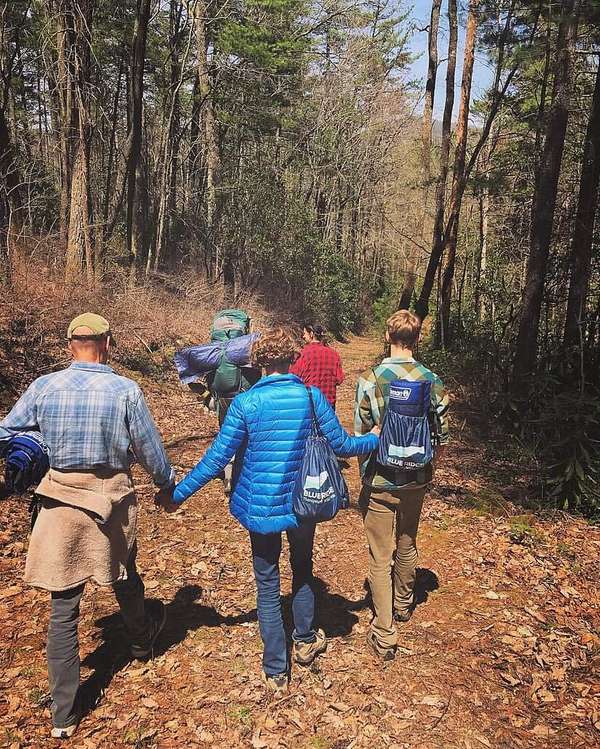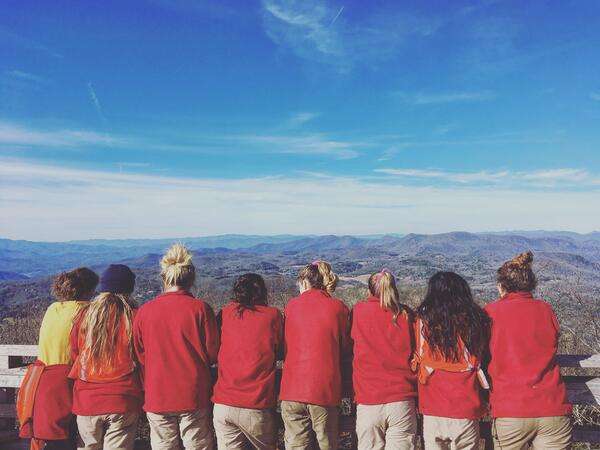I received the diagnosis in January, and found myself being rolled in for surgery on the 20th of February. In those six weeks between diagnosis and surgery, our lives were upended in the ways you’ll find yourself imagining when watching shows like “This is Us.” “What if…” or “If I was in her/his/their shoes…” All of those worries, those deep, primal worries became a very real, almost breathing, ever-present part of our lives- collectively as a family, and in my life as a mother, woman, wife, human. Life insurance? Check. Living will? Check. Professionally I’ve continually been a part of someone else’s treatment team; I write treatment plans and tend to them throughout my students’ journeys through wilderness therapy. Suddenly, I’m 42 years old and I now had an Oncologist as a part of my “team.” I had landed abruptly in a position of powerlessness, feeling very much alone (shock, sadness, anger were all showing up in dazzling colors as well). As any situation that knocks you off your feet will do, there were decisions to be made. There were the concrete, immediate moves to make: how, who, when, where, and when. Then came the others, when I was ready/willing to take a look at those: What does this mean? What will this change? How much of me will be left? How much do I WANT to remain the same? How much could this shift life in all of the right, necessary directions? Everything I knew to be my everyday life, all that I valued was turned sideways.
Fast forward to the days and weeks after surgery (because it all went as well as I could have hoped or asked for). We had nineteen consecutive days of food show up on our doorstep. Along with this incredible sustenance came the notes, visitors, emails, texts, and gifts. They provided, in some of the darkest moments: presence, hope, much needed humor, perspective, and one of my favorites, distraction. Well wishers with comforting words but also the simple, unspoken messages of care. This was love and connection that I hadn’t anticipated, hadn’t included in the image, prior to the surgery, of what this chapter of life would look like. This became unexpected medicine that remedied and healed parts of me that I didn’t realize needed to be tended to. The surgeon and nurses did their jobs well, and for this I am flooded with gratitude I hope to never lose sight of. And…my community- my people- our families, friends, neighbors, colleagues, loved ones from all pockets of life- their focus on holding this space, whatever space was needed, was absolutely one of the most crucial ingredients of my “treatment plan.”
Being forced to stay still for almost two months gave me time to reflect, to research, and to read. All three of these helped me move forward with my own physical, psychological, and emotional healing processes, and to wade into the depths of how these connections matter. Netflix happened, with a large side of Hulu. But books- the smell, the feel, the love affair for books was reignited to the point that highlighters got involved. I was living in connection with my body and my health, while also living in a more exquisite connection with others and my environment. All of this: the pain, the fear, the love- it was all bound together and culminated into thinking beyond my own personal experience. What roles do connection play in healing? It wasn’t just human connection I was interested in, but the notion of connecting with your sense of self, connecting to nature, connecting with one’s community. A situation our students and families often find themselves in, this health crisis gave me (forced me into) a huge opportunity to pause.
During this time I thought so often about the students and families we work with; it wasn’t only a “thinking” process though, but one of powerful empathy. Times of pain, and subsequent growth, can be so lonely. Perhaps this is part of the nature of being injured or hurt. Yet it doesn’t have to be only lonely. We aren’t just individuals being taught to “self” care. While I embrace and teach skills of self-exploration and self-care, I also recognize the beauty of collectivism, or at the least threads of an approach that embraces and prioritizes the needs of “us” in a time when “me, mine” may be overly encouraged and focused on. Our students are often highly focused on themselves: their insecurities, depressive symptoms, flaws, traumas, and how they identify as individuals rather than seeing themselves as part of a greater whole. This is their right and developmental prerogative. However, going into an experience such as wilderness therapy also gives adolescents a chance to look at their place in the larger context; to recognize there are others who have experienced similar pains, who are struggling to adjust and grow.




